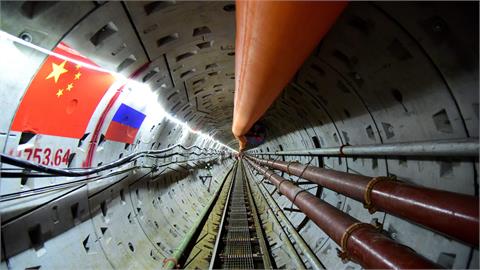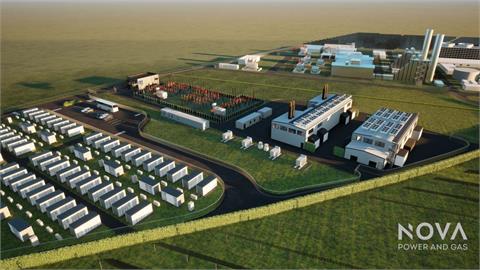OECD Europe natural gas trends
Between 1995 and 2005, OECD Europe natural gas
consumption growth outpaced production growth by 2% per year. These
trends pushed net imports to 8.2 trillion cubic feet (Tcf) in 2005 and
to a peak of 8.9 Tcf in 2008. Since 2005, total natural gas production
in OECD Europe has decreased slightly. The United Kingdom has been the
largest contributor to the overall decline.
Production in the United Kingdom dropped to 1.4 Tcf in 2012, to less than half the level of production
in 2005. Even though Norwegian production increased over the same
period, its production increases were not sufficient to offset
production decreases in the United Kingdom and other countries in OECD
Europe. From 2005 to 2012, OECD Europe consumption decreased by 7% to
17.9 Tcf. Natural gas consumption declines in the United Kingdom,
Germany, and Italy accounted for two-thirds of the total decline.
Industrial consumption has been steadily declining in Europe since 2000.
Previously, strong growth in natural gas use for power generation had
more than offset declining industrial consumption, but more recently
natural gas use for power generation has been either unchanged or
declining.
U.S. natural gas trends
In the United States, natural gas consumption and production remained relatively flat until 2005, after which natural gas production from shale plays began increasing rapidly. Since 2005, natural gas production has increased almost twice as fast as consumption, growing to 24 Tcf in 2012.
Natural gas production increases in Wyoming, Colorado, Pennsylvania, and Oklahoma accounted for most of the U.S. natural gas production gain over this period. Even though natural gas consumption has not grown as fast as production, it still grew by 16% over this period, to 25.5 Tcf in 2012. This growth was mainly driven by consumption for electric power generation. As a result of robust production growth in the United States, U.S. net imports in 2012 fell to the lowest level since 1990.(http://www.pennenergy.com, 14 Jan., 2014)



